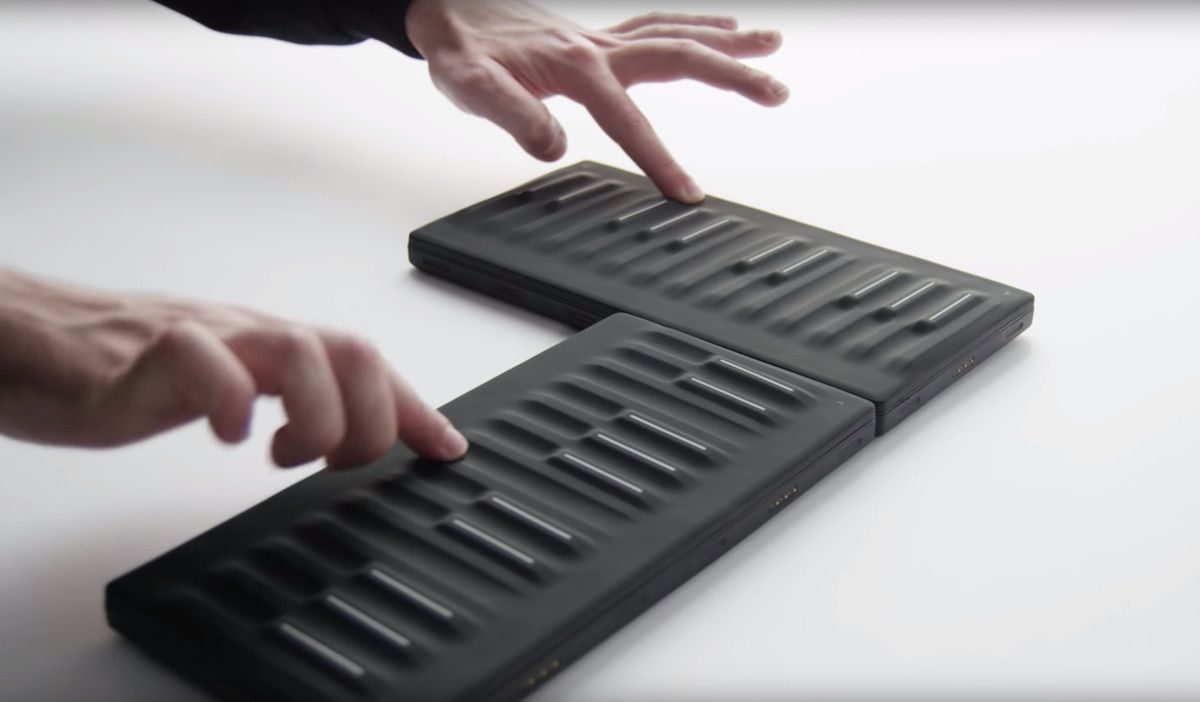With Roland’s new 88-key controller announced this week, a lot of attention has been directed its compatibility with MIDI 2.0. This makes it the first company to have developed such functionality.
For gear buyers, it might seem confusing – so today DJTT contributor Dan Cole tackles the future of MIDI. What is MIDI 2.0, and how will it change the way we make music?
The Biggest Update To MIDI Ever
When MIDI was first brought to market back in 1983, it allowed music hardware to send and receive information. It was the catalyst for our modern generation of digital music technology. Since ’83, there have been many advancements, but with the upcoming MIDI 2.0 protocol as announced by the MIDI Manufacturers Association (MMA), it will be see the biggest update to MIDI since it was first developed.
The big three developments with MIDI 2.0, as listed on the MIDI.org guide, are as follows:
- Bidirectional
- Backwards Compatible
- Both
The main, and most important point here is that it is Bidirectional, which as one of the members of the MIDI Manufacturers Association puts it:
“MIDI 1.0 was a monologue, MIDI 2.0 is a dialog. Devices can talk to each other and agree on features that both devices support. This fundamental paradigm shift has opened a whole new world of possibilities.”
This means that when two devices are connected they can ultimately negotiate with each other, and make a decision on how to proceed based on each machine’s capability.
Dani Deahl for The Verge notes, “This should make MIDI systems easier to use as it opens up new options for devices to self-configure their connections.” It also means we will get to a point where we won’t need device-specific drivers.
More Communication Efficiency
MIDI 2.0 will have 256 MIDI Channels and up-to 32 bits of resolution, which means that this communication will become more complex, making timing and control more efficient (and less buggy). Greater resolution also leads to greater expressiveness and tuning options – which is great for micro-tonal musicians and those using non-western scales.
So who are the winners here? Well, of course we all are when something so ingrained gets a massive upgrade after almost over 40 years. It will simplify connecting hardware even further, and for those making non-conventional and new styles of music, it allows way more control. So, if you have extremely expressive controllers (like what ROLI are making), this will be great news.

Obviously, it will take a while before more products come to market with MIDI 2.0 compatibility, so change will be gradual. Expect far more product announcements to be made at NAMM soon.
The other important note here is that MIDI 2.0 is Backwards Compatible, which means that is not replacing MIDI 1.0, a point stressed by the MIDI association;
“MIDI 1.0 is not being replaced. Rather it is being extended and is expected to continue, well integrated with the new MIDI 2.0 environment.”





